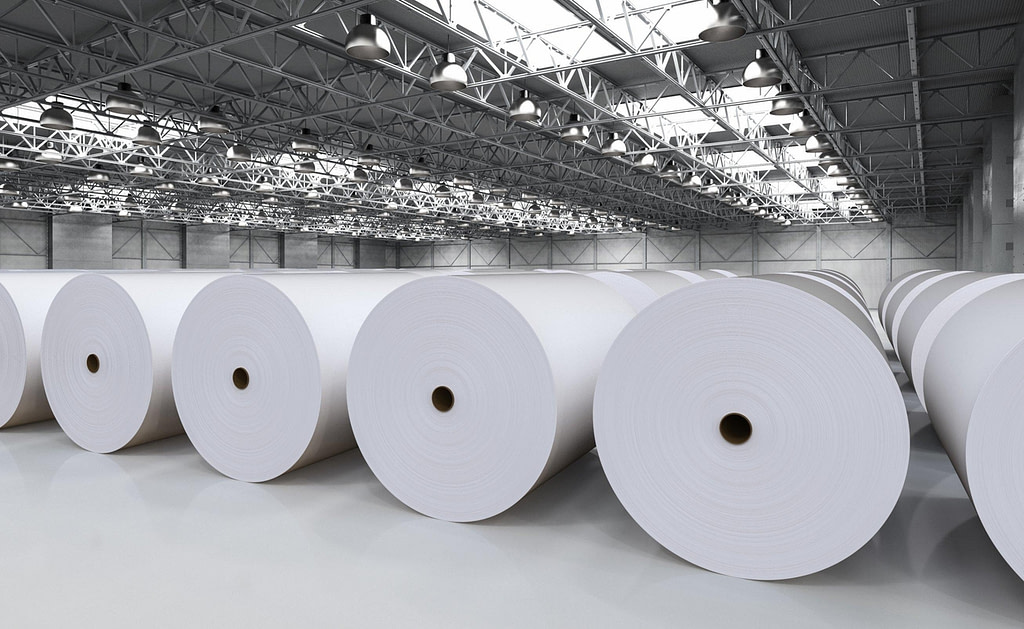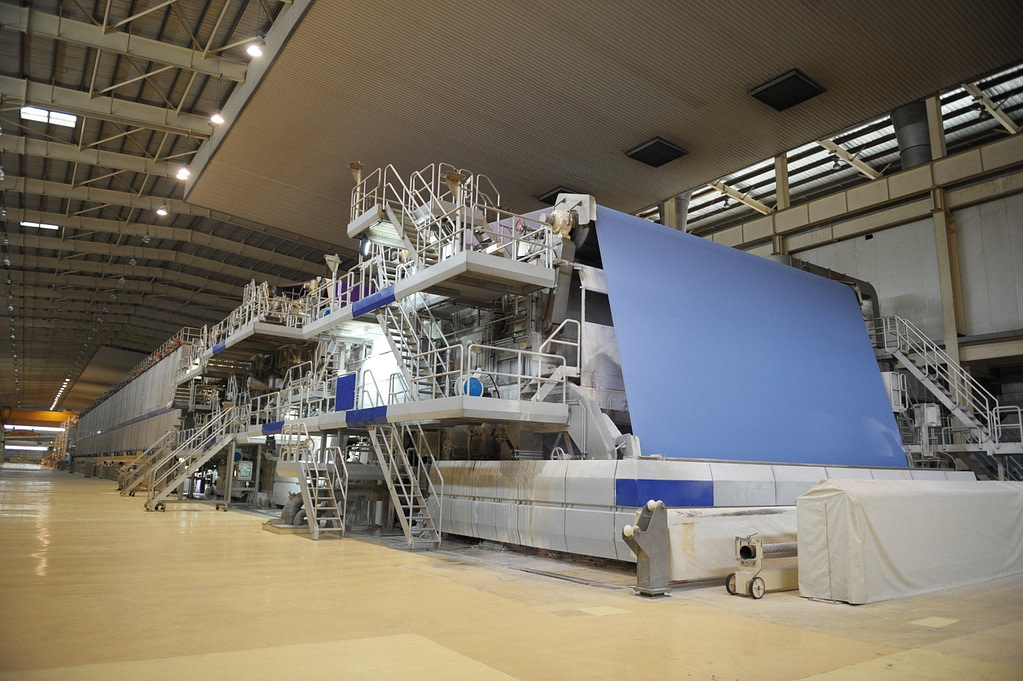
With an energy crisis looming, the economization of resources is a lifeline for the success of different industries. In paper and pulp manufacturing, energy expenses contribute to 16–20% of the total production costs, and the lion’s share of those expenses comes from compressed air. Detecting compressed air leaks is thus one of the most efficient ways to save energy, reduce the carbon footprint, and ensure a high-quality end product.
Optimizing Compressed Air Pressure Leads to Several Advantages
The pulp and paper industry utilizes compressed air throughout the entire production cycle of different goods, such as packaging materials, hygiene products, labels, and specialty papers. Compressed air is used in the first steps of paper and cardboard production, where the raw pulp fiber is separated and cleaned all the way to the final product. The compressed air systems of a manufacturing plant run 24/7, so optimizing the air pressure increases production efficiency and profitability while enhancing the competitive advantage of a company. Controlling the industry’s carbon footprint is another important aspect, as pulp and paper’s energy consumption has a crucial environmental impact.
The compressed air system’s breakdown in a paper and pulp manufacturing plant leads to costs in the form of lost production and unplanned, unscheduled maintenance. As the pulp and paper industry is responsible for delivering quality controlled packaging for, for example, food, beverages, and pharmaceuticals, problems in the flow of compressed air risk the quality of the end product and can put the consumers’ safety at risk.

Maintenance and Service in the Core of Decreasing Compressed Air Costs
The easiest way to reduce the energy consumption of a compressed air system is to detect the unavoidable air leaks that unnecessarily waste electricity used for compressed air production. In other words, the correct maintenance and servicing are the keys to bringing annual compressed air costs down.
In a 2022 thesis Detection of compressed air leaks in a paper mill with an acoustic camera, Santeri Leino writes about a real-life case and examines the use of NL Acoustics’ NL Camera for air leak detection in UPM Communication Papers Ltd.’s Kaukas paper mill. In his work, Leino lists the paper mill’s compressed air energy consumption costs based on 2021’s consumption rates and the expenses caused by the system’s air leaks that he detected with the NL Camera. It must be noted that Leino conducted the air leak audit only in certain parts of the mill while the production processes were halted. As a consequence, several of the machines were not running compressed air, and thus the number of detected leaks was significantly smaller.
Leino calculates that in 2021, Kaukas paper mill’s compressors’ energy consumption was 7,093 MWh amounting to a yearly cost of 319,185€ with 2021 electricity rates, significantly lower than in the latter half of 2022. Leino found 318 leaks in the detection area — an estimate of 400–450 leaks in the whole paper mill — with an average size of 26 l/min, so the compressed air loss due to leaks was more than 11 m³/mi. In 2021’s electricity rates, the financial loss caused by the leaks was 15,200€.
NL Camera Detects Leaks and Increases Users’ Safety
Some of the advantages of the NL Camera Leino highlights in his thesis are the benefits brought by acoustic technology, usability, and safety. The NL Camera detects even tiny leaks despite the heavy background noise from the paper mill machinery. The camera’s user interface has only the necessary functions, which adds to the device’s user-friendliness and practicality.
Finally, when older detection methods such as leak spray are replaced by the NL Camera, maintenance personnel can find leaks accurately from a distance without having to get close to suspected leak areas and squeeze themselves between industrial machinery or even inside them. This increases occupational safety, whose role, as Leino writes, cannot be stressed enough.
Would you like to know more about how our products increase their users’ safety and solve concrete problems? See our case studies.
